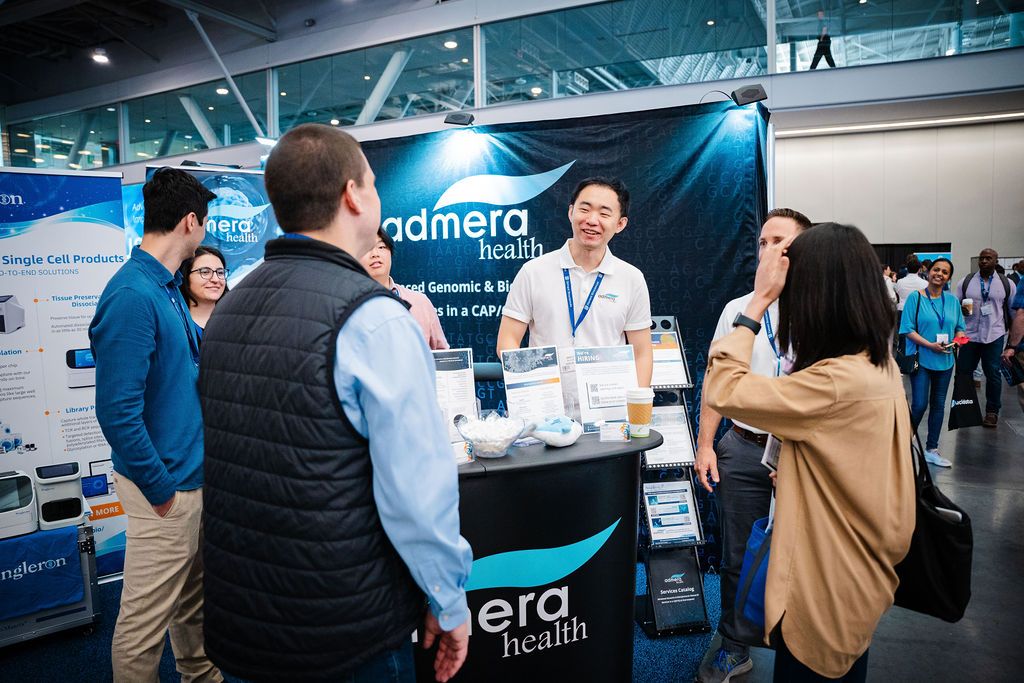Uma Paithankar, Research Technician II, Mass General Cancer Center
Liquid biopsies for pediatric brain cancer: Combined microfluidics and computational approach to monitor treatment response
Abstract
Among children, pediatric brain tumors are a leading source of cancer-induced mortality. There exists a need to track treatment response of this vulnerable patient population, so that patients are matched with the right therapy. Treatment response is one of the most telling prognostic factors, where patient relapse often precedes poor health outcomes. Circulating tumor cells (CTCs) are cells that are shed from cancerous tumors and have entered the bloodstream, allowing for potential metastases outside the primary tumor. Our group’s microfluidic device enriches CTCs from blood by negative depletion, i.e., diverting red blood cells, platelets, and white blood cells into waste bags; however, the device output still has small populations of blood and immune cells remaining alongside the CTCs. The exact cellular makeup of this device's output from pediatric patients has been uncharacterized. We aim to address this gap and understand the cellular composition of the pediatric CTC-enriched output. Furthermore, we seek to characterize the ambient mRNAs present. To investigate the output, we processed pediatric healthy and medulloblastoma blood through our device, followed by 10x Chromium-based single-cell RNA-sequencing to identify cell populations present. We found highly efficient depletion of red blood cells, platelets, and white blood cells. Among our background cellular composition, we identify subsets of neutrophils and additional immune cell populations. Ultimately, by understanding the CTC-enriched output's cellular composition, we hope to identify potential biomarkers to track treatment response and cancer progression in young brain cancer patients.

